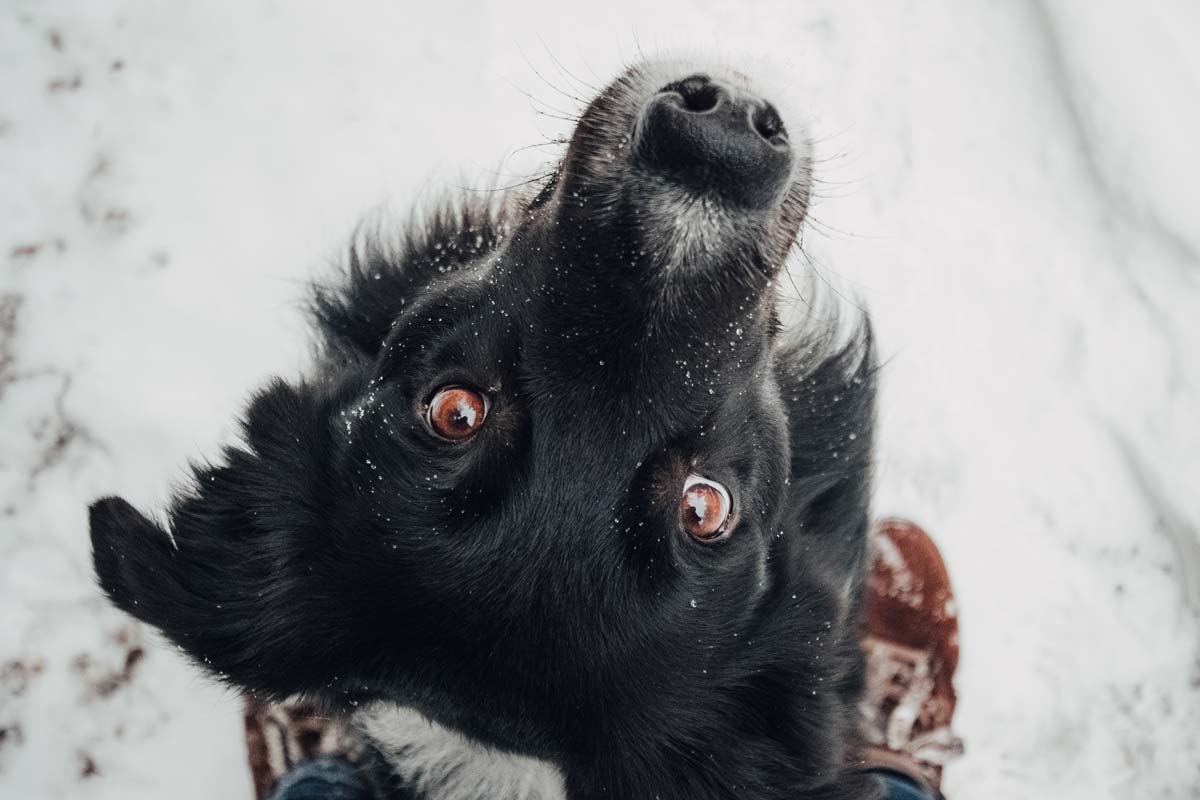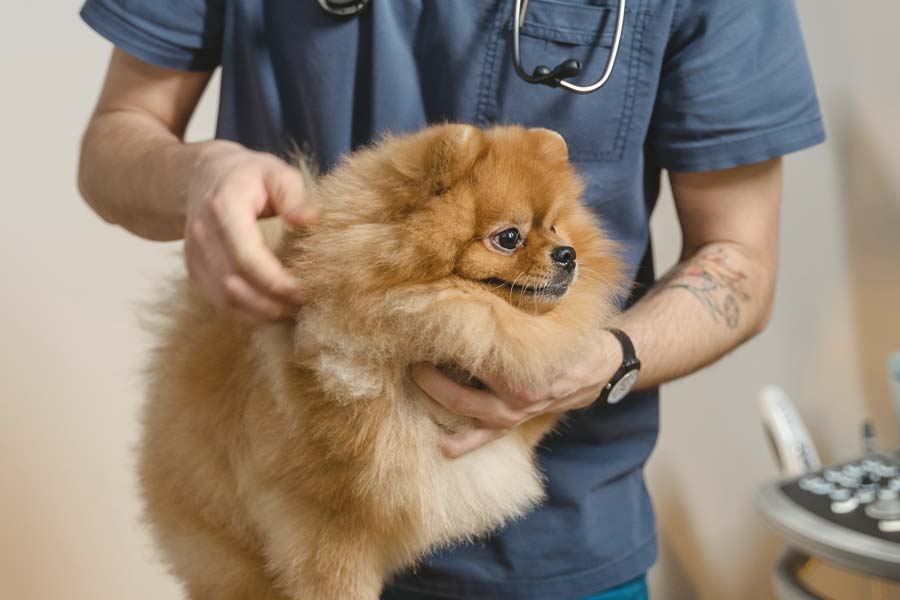Some of us in the world are daring enough to add children of the human sort to our home in addition to our fur babies. Some decide a fur baby is a nice addition to their already growing family. Whatever the case may be, there are important factors we should consider when trying to raise human children alongside our furry ones.
It is easy for us to say that our dogs should always be respectful of our children. Any growl, bark, or nip is unacceptable and will be punished in order to protect our kids. While I understand the premise of this logic - for I will protect my little girl and boy with my life - it is actually flawed logic.

Pay Attention to Your Dog’s Behavior
Growls, yips, barks, whines, and nips are ways that our dogs communicate. They will use these behaviors to communicate with each other and try to communicate with us.
Your dog is barking at the back door, running over to you, and running back to the door. Over time, you have learned that this is how he tells you he needs to go potty. Maybe you are a clever and artistic dog trainer and taught your good boy to ring a bell by the door when they need to go out. Regardless, your dog’s behaviors are a form of communication.
So, when your young child starts pulling on your dog’s ears a little too rough, there may be a high-pitched yip and maybe even a jaw snap in the air at your child. This does not automatically mean your dog is being aggressive and is not good around children.
Honestly, I would say that is very good around a child. I mean, what is your reaction when your child pulls or yanks too hard on your ears or hair? Your pup is just saying, “Hey, that was too rough, do not pull my ear that hard again.”
It is up to us as parents and dog owners to then teach our children that it was too rough. Let’s not pull on Fido’s ears. It hurts him. Let’s pet or brush him instead.
This also teaches our dogs that we are listening to what they are saying. They learn that we will help intervene and teach our kids how to interact nicely with them.
The alternative is we do not do this, and if the yips and snaps do not teach the children to not pull so hard, then our dogs might increase the intensity and bite or nip harder.

Think Before You Snap
What are we really conveying to our dog with we give them verbal punishment for yipping or snapping at the kids?
We are telling them, “Hey, I do not care if the small human hurt you. You are not allowed to tell them no, and the children are allowed to have their way with you.” I may be exaggerating a bit, but it is true.
When we do that, we are teaching our pets that they cannot use their “nice words,” and that even though they are being hurt, they just have to deal with it. That reaction is not okay and can lead to worse behaviors and consequences for our kids the next time.
Eventually, that may lead to the family deciding that this dog is not suitable around children and needs to go. Once a dear family member, they are now exiled outside, or worse, to the pound - all because we did not pay attention or understand what their behavior actually meant. So, because we screwed up, they now suffer for it.

Not All Dogs Are the Same
Yes, there are exceptions. Some dogs really do not get along well with children and should not be around them. This may include those with bad past experiences with children, certain breeds, or those with high anxiety.
Just like some people do not do well around children, some dogs do not either. I do recommend that we make sure we are not creating the scenario of bad experiences with children because we are not paying attention to or misreading our dog’s behavior.
I have seen so many videos online of people’s children “playing” with the family dog and the parents thinking it’s “so cute”! The dog is licking its lips, licking the air or even the child’s face.
This is a missed cue from your dog. They are telling you they are uncomfortable and would like the child to stop. It seems like such a harmless and cute behavior, but it is the first warning your dog may give in this situation.
When this warning behavior is consistently ignored, they move to the yelp and snap. When the yelp and snap doesn’t work, the intensity increases and could lead to more severe bites.
You may tell yourself that they know what they did since they are whining and asking for forgiveness afterward. Well, of course they are upset. What they are really telling you is “I am so sorry I had to do that, but they were not listening to me. Please do not punish me for saying that was too rough!”
When we punish them for these behaviors, we are telling our pets that they cannot communicate with us. We are ignoring what they are saying and basically telling them that they must endure the pokes and prods from the children, even if it hurts.
What I encourage instead is to watch for these minute behaviors and teach your children to recognize them, too. This way, your dog will not have to resort to the snipping and defensive yelping.
When your pup does resort to that, don’t punish them. Rather, get your children away from them and teach them that they went too far and need to be gentler. Your furry friend will realize that you are listening, and you will find that they will become more tolerant of your children.
Perception is a powerful thing, and if your dog feels like they can get away from a situation, they might put up with more.




